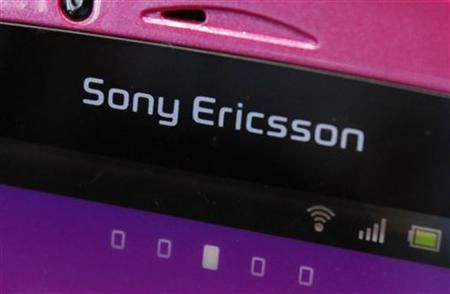Ericsson sees weaker Q4 margin, cautious customers

Ericsson, the world's top mobile network gear maker, cautioned that new lower-margin business would hit profitability in the fourth quarter and the global slowdown could mean its customers spend less.
Network makers like Ericsson and China's Huwaei have enjoyed booming sales in recent quarters as telecoms operators invested heavily in networks to meet surging smartphone and mobile broadband use.
But economic uncertainty has clouded the outlook and Ericsson repeated on Wednesday that operators could react to the gloomier climate.
We cannot exclude that operators become more cautious in this environment that is around us, Chief Executive Hans Vestberg said in a presentation at the company's capital markets day for investors.
Rivals such as Nokia Siemens Networks and Juniper Networks have also said telecom operators will likely cut spending.
Ericsson shares were down 3.9 percent at 1142 GMT (6:42 a.m. ET), underperforming a 2.3 percent fall in the Stoxx 600 European technology index
Chief Financial Officer Jan Frykhammar said Ericsson had already moved to curb its own costs and had contingency plans should the environment get tougher. We are starting to put the brakes on, he said.
The last downturn had enabled Ericsson to gain market share, due to its deep pockets, he added.
Maintaining a strong balance sheet, maintaining a strong cash position is one of the main strategies to create future value, he said.
The company also repeated its gross margin would be affected by a shift in business mix, leading to a lower gross margin in the fourth quarter.
All modernization projects that we have won should have started by the fourth quarter 2011, the company said in a statement.
This, combined with the growth momentum in services, will have a dilutive effect on gross margin. In addition, fourth quarter gross margins are historically lower.
Ericsson has been targeting a bigger slice of so-called modernization projects in Europe to build a base for future business growth.
Modernization -- swapping out old base stations for new ones which cover 2G, 3G and 4G -- is hardware heavy when projects are started, but should lead to higher margin, software-based upgrades later on.
Frykhammar said winning modernization projects was a central strategy for winning market share even at the expense of short-term margin pressure.
Projects are likely to be completed within a 24-month period, but margins could be lower on this business for up to five years, though Ericsson was working on ways to make modernization more profitable sooner, Frykhammar said.
SLOWDOWN?
Ericsson stuck to its forecast for the overall mobile network gear market and said it had raised market share.
In May, the company forecast compound annual growth (CAGR) of 3 to 5 percent over 2010-2013 for the overall network market with 6-8 percent growth for the mobile network segment.
At the capital markets day it gave some detailed breakdowns of its forecasts for various parts of the networks business.
These included an expectation for the 3GPP radio access network market to grow from $20 billion to $33 billion in 2015 with a CAGR of 11 percent. It expected 3GPP core to grow from $5 billion to $7 billion, with a CAGR of 7 percent.
Ericsson said that its forecasts did not take into account current economic uncertainty.
The company said it had increased its market share in mobile infrastructure from 32 percent in May 2011 to an estimated 36 percent and that it was now 100 percent larger than player number two. Ericsson's closest rivals in the networks market are
Huawei and Nokia Siemens Networks.
(Reporting by Patrick Lannin and Simon Johnson; Editing by Erica Billingham)
© Copyright Thomson Reuters 2024. All rights reserved.





















